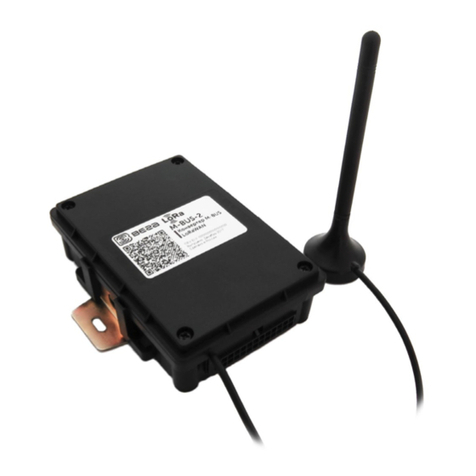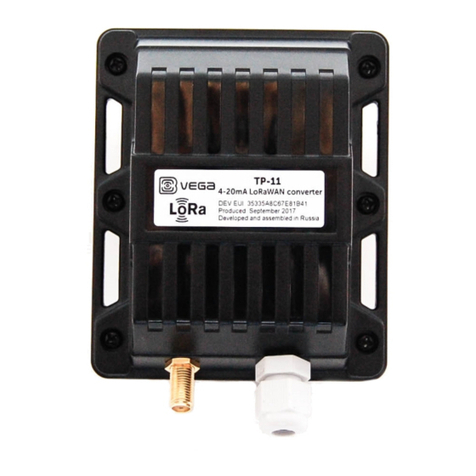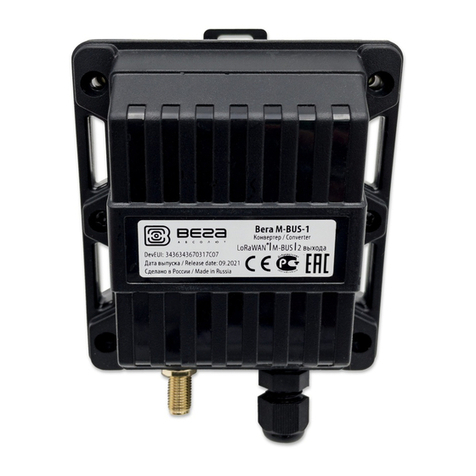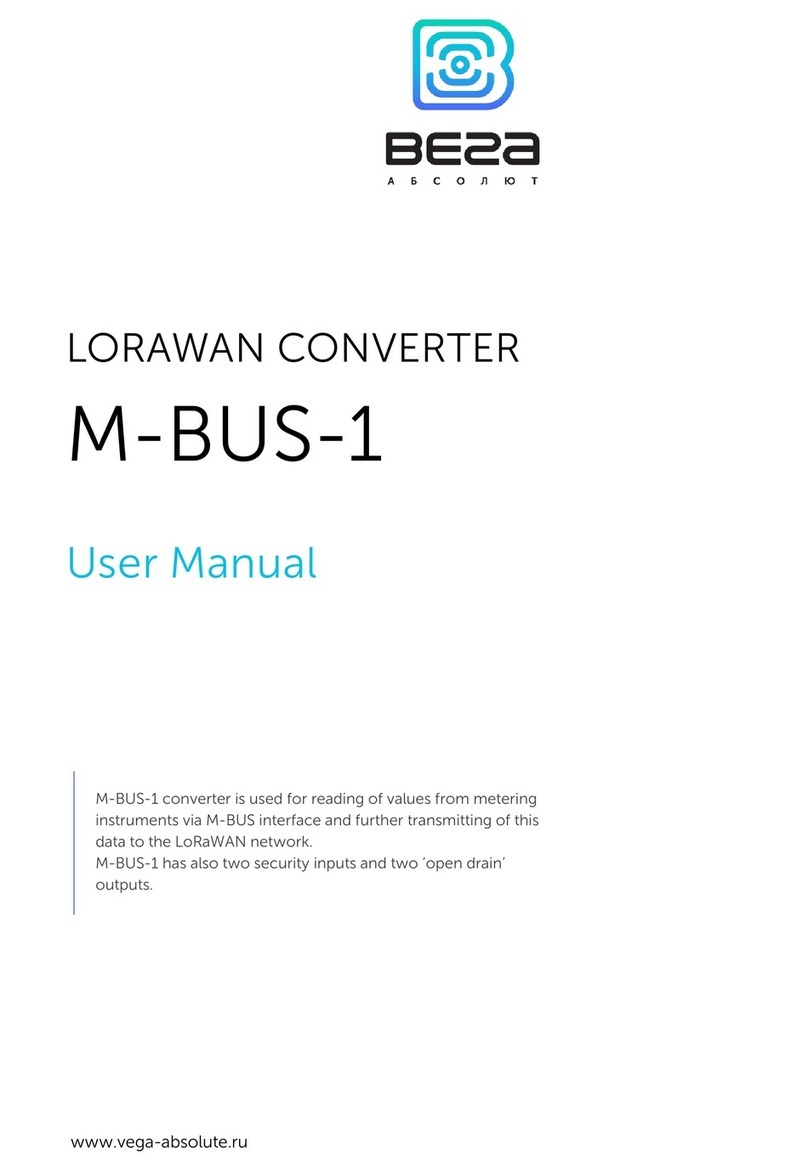
Vega TP-11 / User Manual
Revision 09 – 08 April 2020
3
CONTENTS
INTRODUCTION............................................................................................................................................................................4
1 DESCRIPTION AND OPERATION ............................................................................................................................................5
Device description ....................................................................................................................................................................5
Comunication and data collection algorithm .....................................................................................................................5
Functional ...................................................................................................................................................................................6
Marking ........................................................................................................................................................................................7
2 SPECIFICATION ..........................................................................................................................................................................8
3 OPERATION.................................................................................................................................................................................9
Contacts ......................................................................................................................................................................................9
Indication ..................................................................................................................................................................................11
Initial startup.............................................................................................................................................................................12
External devices connection .................................................................................................................................................13
Connecting via USB ................................................................................................................................................................14
4 VEGA LORAWAN CONFIGURATOR......................................................................................................................................15
Interface of the application ...................................................................................................................................................15
Connection to the device ......................................................................................................................................................16
“Device info” tab ......................................................................................................................................................................17
“LoRaWAN settings” tab .........................................................................................................................................................19
«Vega TP-11» tab.....................................................................................................................................................................23
5 COMMUNICATION PROTOCOL ...........................................................................................................................................25
Converter TP-11 transmits the following types of packets ............................................................................................25
Converter TP-11 receives packets of the following types ..............................................................................................27
6 STORAGE AND TRANSPORTATION REQUIREMENTS ......................................................................................................30
7 CONTENT OF THE PACKAGE ................................................................................................................................................31
8 WARRANTY................................................................................................................................................................................32
































